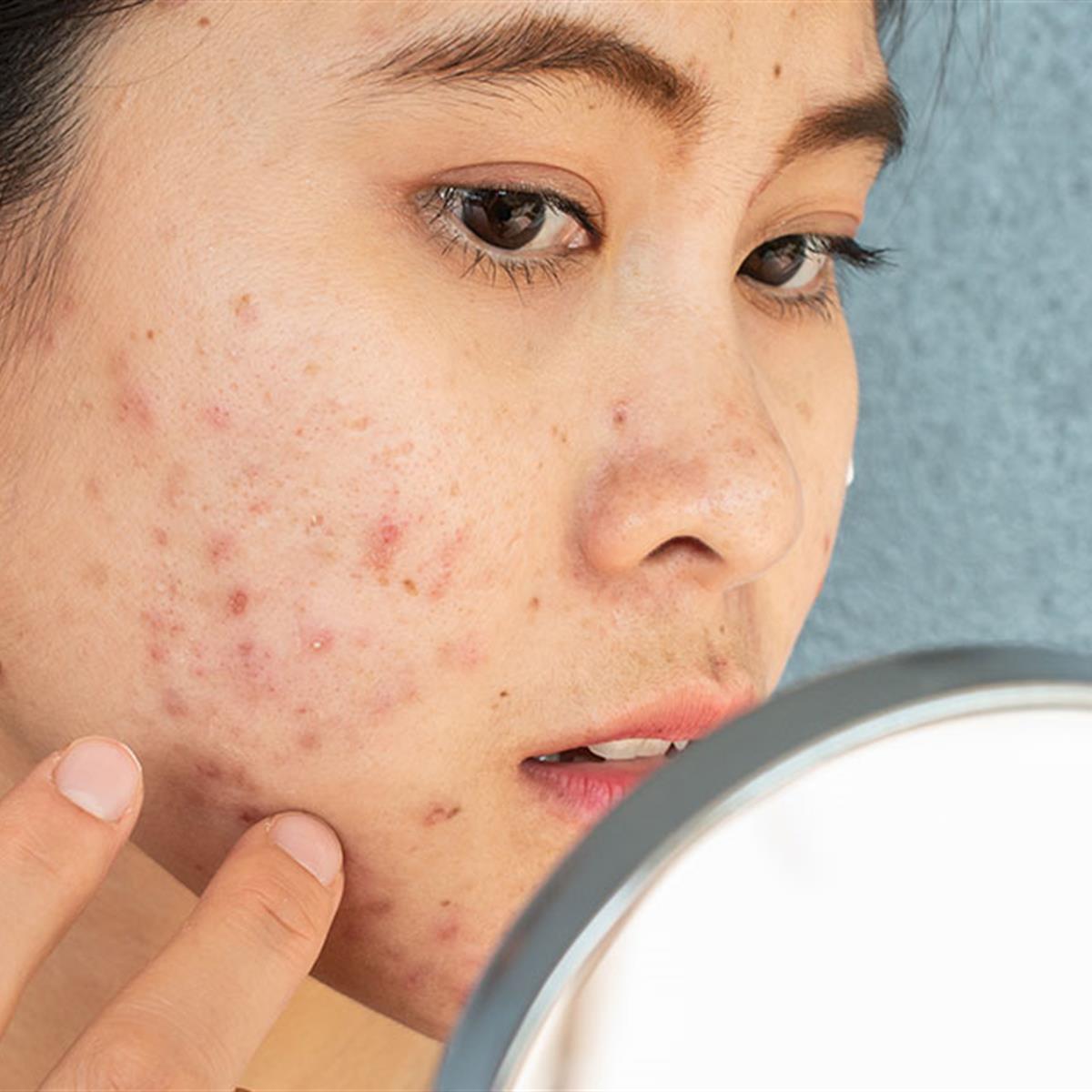
ACNE
Acne is commonly locatedTrusted Source on the face, neck, shoulders, chest, and upper back.
Breakouts on the skin are composed of redness, blackheads, whiteheads, pimples, or deep, painful cysts and nodules.
This condition may leave scars or darken the skin if untreated.
People of Color can experience dark spots known as post-inflammatory hyperpigmentation (PIH)

COLD SORE
This condition causes a red, painful, fluid-filled blister that appears near the mouth and lips. People with lighter skin may notice more redness than those with darker skin.
The affected area will often tingle or burn before the sore is visible.
Outbreaks may also be accompanied by mild, flu-like symptoms such as low fever, body aches, and swollen lymph nodes.
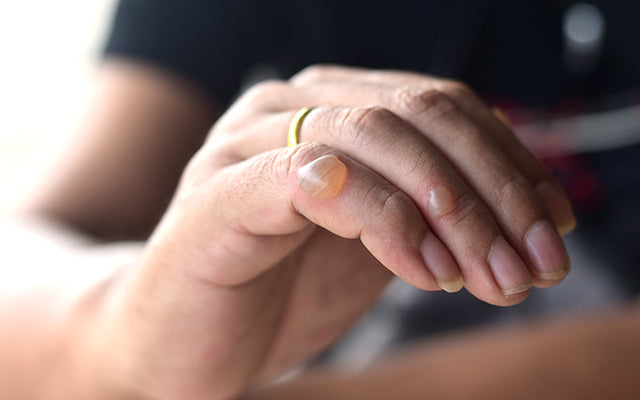
BLISTERS
Blisters are characterized by a watery, clear, fluid-filled area on the skin.
They may be smaller than 1 centimeter (cm) (vesicle) or larger than 1 cm (bulla) and can occur alone or in groups.
Blisters can be found anywhere on the body

HIVES
This causes itchy, raised welts that occur after exposure to an allergen.
Welts may be warm and mildly painful to the touch.
Hives on darker skin can appear raised or inflamed and might be slightly darker or lighter than your natural skin color. On lighter skin, hives usually appear red.
They can be small, round, ring-shaped, or randomly shaped.

ACTINIC KERATOSIS
This condition causes a thick, scaly, or crusty skin patch.
It’s typically less than 2 cmTrusted Source or about the size of a pencil eraser.
It often appears on parts of the body that receive a lot of sun exposure, such as the hands, arms, face, scalp, and neck.
The skin patch is usually pink in color but can have a brown, tan, or gray base.

ROSACEA
This chronic skin disease goes through cycles of fading and relapse.
Relapses may be triggered by spicy foods, alcoholic beverages, sunlight, stress, and the intestinal bacteria Helicobacter pylori.
There are four subtypes of rosacea encompassing a wide variety of symptoms.
Common symptoms include facial flushing, raised red bumps, skin dryness, and skin sensitivity.

CARBUNCLE
This causes a red, painful, and irritated lump under your skin.
It may be accompaniedTrusted Source by fever, body aches, and fatigue.
It can also cause skin crustiness or oozing.
It may appear more violet on darker skin.

LATEX ALLERGY
This causes a rash, which may occur within minutes to hours after exposure to a latex product. It may be less visible on darker skin or appear lighter or darker than surrounding tissue.
It also causes warm, itchy wheals at the site of contact, which may take on a dry, crusted appearance with repeated exposure to latex.

ECZEMA
Eczema is characterized by yellow or white scaly patches that flake off.
Affected areas may be itchy, greasy, or oily.
On light skin, eczema can cause a red rash. This rash may appear brown, purple, or gray on darker skin.
Hair loss may also occur in the area with the rash.

PSORIASIS
This causes scaly, silvery, sharply defined skin patches. Darker skinned people might also experience dark brown or purplish patches on the skin.
Patches are commonly locatedTrusted Source on the scalp, elbows, knees, and lower back.
This condition may be itchy or asymptomatic.
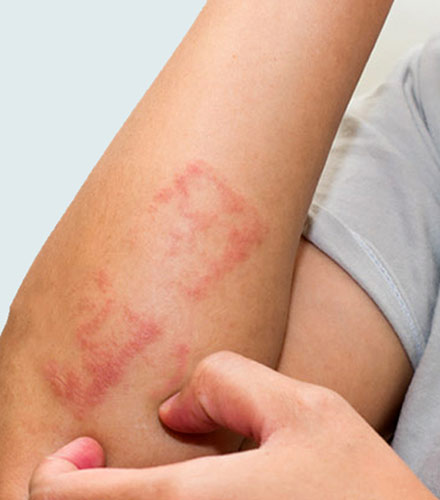
CELLULITIS
Cellulitis is caused by bacteria or fungi enteringTrusted Source through a crack or cut in the skin.
It causes painful swollen skin with or without oozing that spreads quickly.
The skin might appear red on lighter skin. However, this may be less noticeable on darker skin tones.
The skin may feel hot and tender to the touch.
:max_bytes(150000):strip_icc()/GettyImages-508757896-c249ab44a85c4babad7ba2e8055a85fb.jpg)
MEASLES
Symptoms of measles include fever, sore throat, red or watery eyes, loss of appetite, cough, and runny nose.
It also causes a red rash, which spreads from the face down the body 3 to 5 daysTrusted Source after the first symptoms appear. This rash might be more difficult to see on darker skin.
Tiny red spots with blue-white centers may appear inside the mouth.
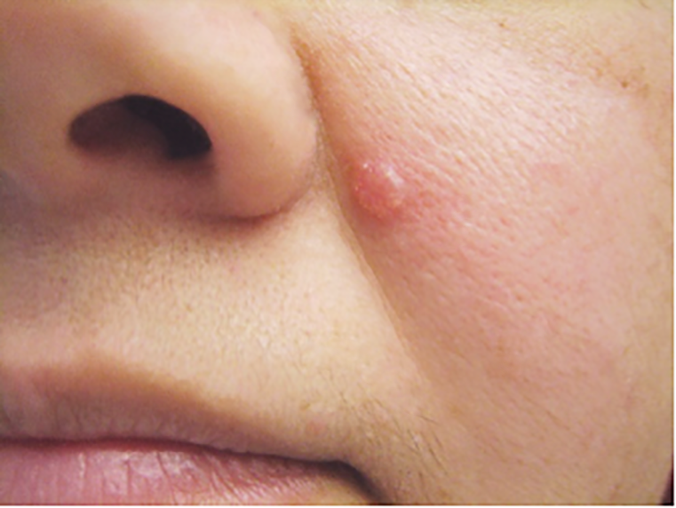
Basal cell carcinoma
This condition is often characterized by raised, firm, and pale areas that may resembleTrusted Source a scar.
It can cause dome-like, pink or red, shiny, and pearly areas that may have a sunk-in center, like a crater. For people with dark skin, it might appear darker and less pearly.
Blood vessels on the growth may be visible.

Squamous cell carcinoma
This condition often occursTrusted Source in areas exposed to ultraviolet (UV) radiation, such as the face, ears, and back of the hands.
It may be characterized by a scaly, reddish patch of skin, which progresses to a raised bump that continues to grow. The bump may be lighter on darker skin.
It can also cause a growth that bleeds easily, doesn’t heal, or heals and then reappears.
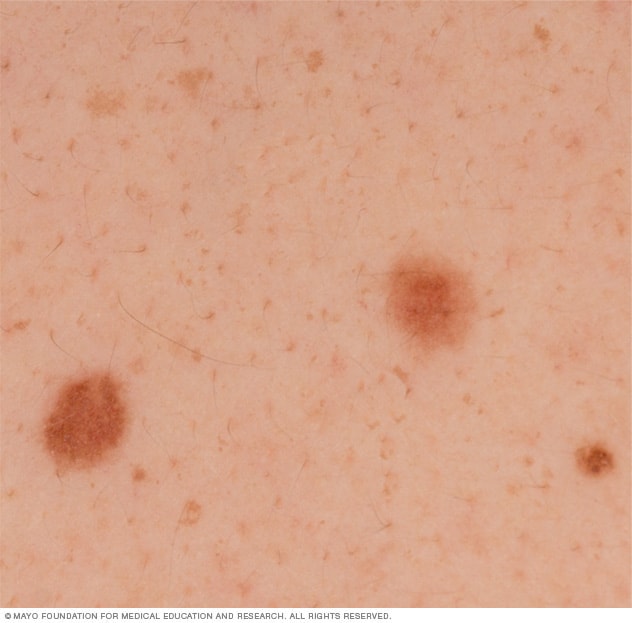
MELANOMA
It can appear anywhere on the body as a mole that has irregularly shaped edges, asymmetrical shapes, and multiple colors. In People of Color, melanoma often appears in areas that are less exposed to the sun.
It might also appear as a mole that has changed color or gotten bigger over time, which is usually larger than a pencil eraser.
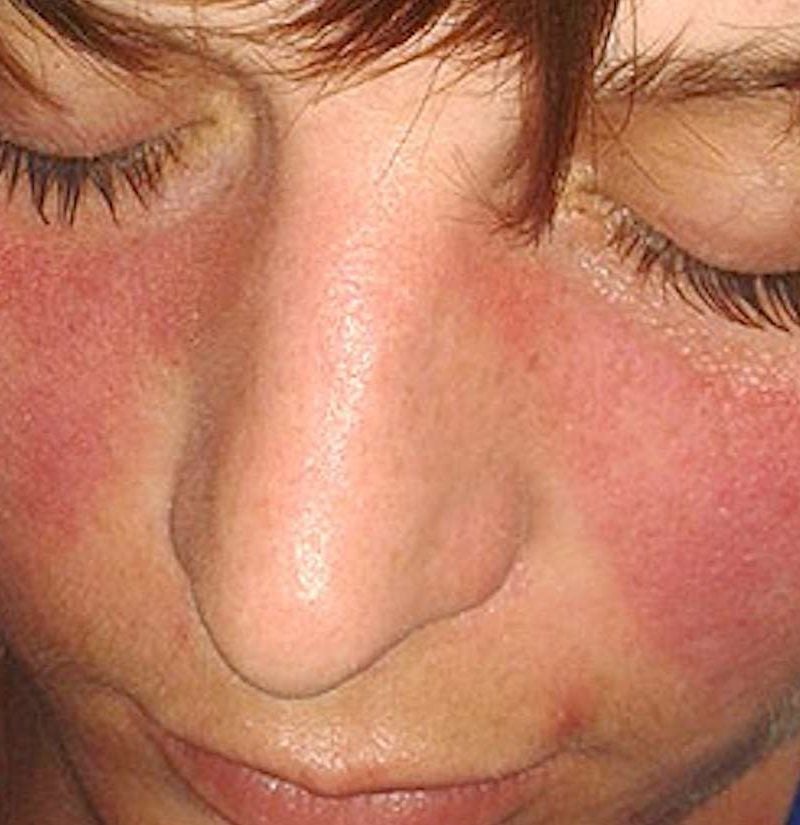
LUPUS
Lupus symptoms includeTrusted Source fatigue, headaches, fever, and swollen or painful joints.
It can cause a scaly, disc-shaped rash that doesn’t itch or hurt.
Scaly red patches or ring shapes are most commonly located on the shoulders, forearms, neck, and upper torso and worsen with exposure to sunlight. People of Color have a greater risk of developingTrusted Source PIH and abnormal scarring.

Contact dermatitis
This condition appears hours to days after contact with an allergen.
It causes a rash with visible borders and appears where your skin touched the irritating substance.
The skin may be itchy, scaly, or raw. Lighter skin can appear red, while darker skin may appear purple, gray, or dark brown.
It might also cause blisters that weep, ooze, or become crusty.

VITILIGO
Vitiligo is characterized by loss of pigment in the skin due toTrusted Source autoimmune destruction of the cells that give skin its color.
Focal vitiligo causes loss of skin color in only a few small areas, which may merge together.
Segmental pattern vitiligo causes depigmentation on one side of the body.
Vitiligo can also cause premature graying of the scalp or facial hair.

WARTS
Warts are caused by many different types of a virus called the human papillomavirus (HPV).
They may be found on the skin or mucous membranes and can occur singly or in groups.
Warts are contagious and may be passed to others. They may appearTrusted Source darker on skin of color.
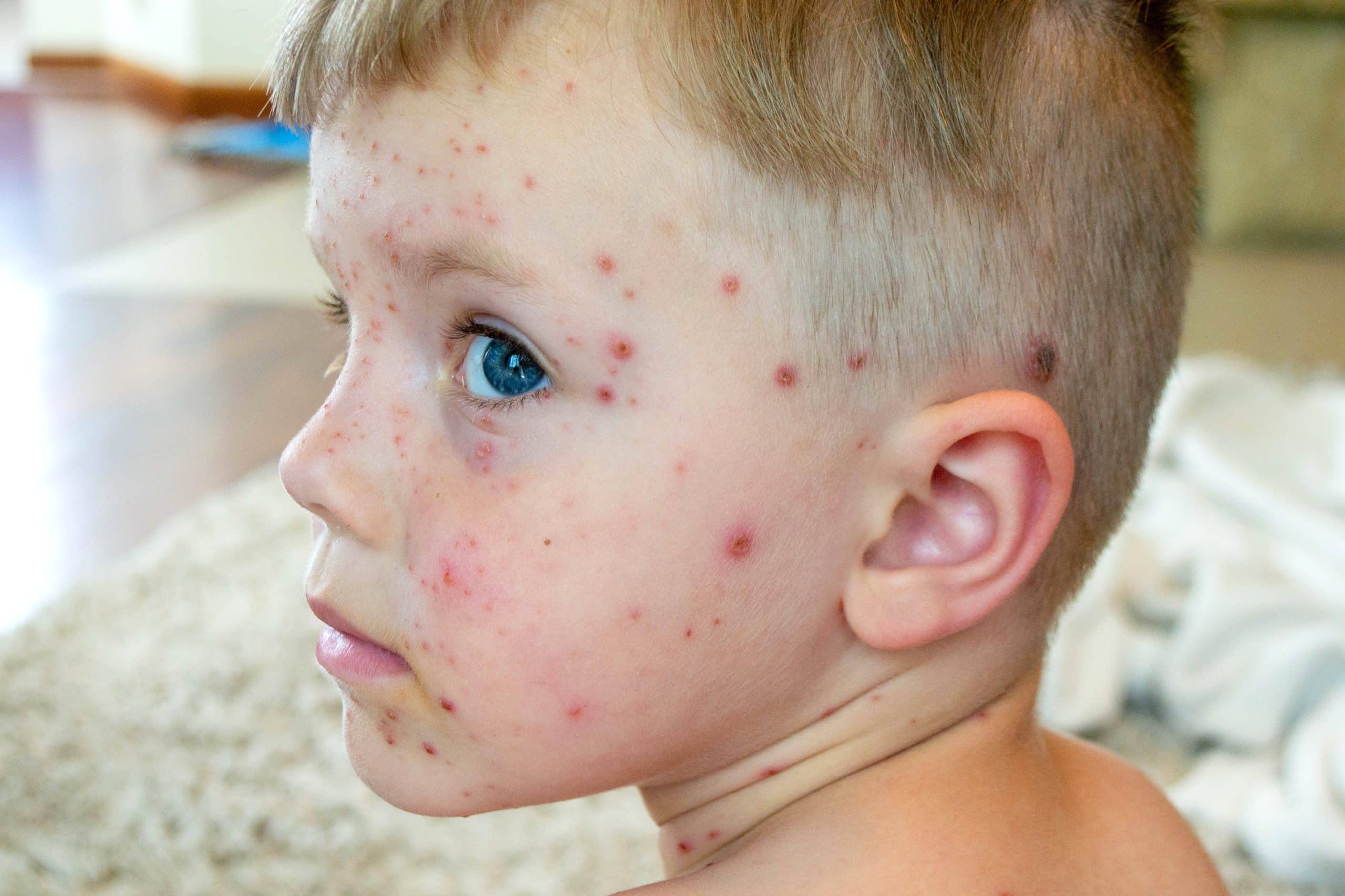
CHICKENPOX
This can causeTrusted Source clusters of itchy, red or brown, fluid-filled blisters in various stages of healing all over the body.
The rash is accompanied by fever, body aches, sore throat, and loss of appetite.
Chickenpox remains contagious until all blisters have crusted over.
Chickenpox can be harder to see on darker skin.
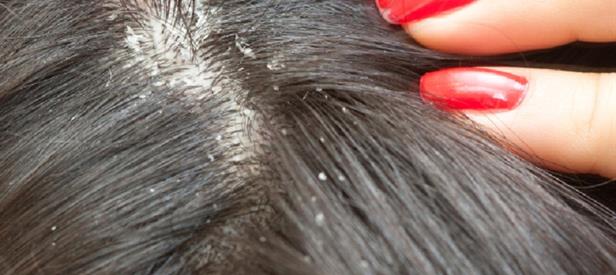
Seborrheic eczema
This condition is characterized byTrusted Source yellow or white scaly patches that flake off.
Affected areas may be red, itchy, greasy, or oily.
People with darker skin may also notice hypopigmentation, or loss of skin color, in affected areas.
Hair loss may occur in the area with the rash.

Keratosis pilaris
This common skin condition is most often seen on the arms and legs but might also occur on the face, buttocks, and trunk.
It often clears up on its own by age 30.
It often causes patches of skin that appear bumpy, appear slightly red, and feel rough.
Symptoms may get worse in dry weather.
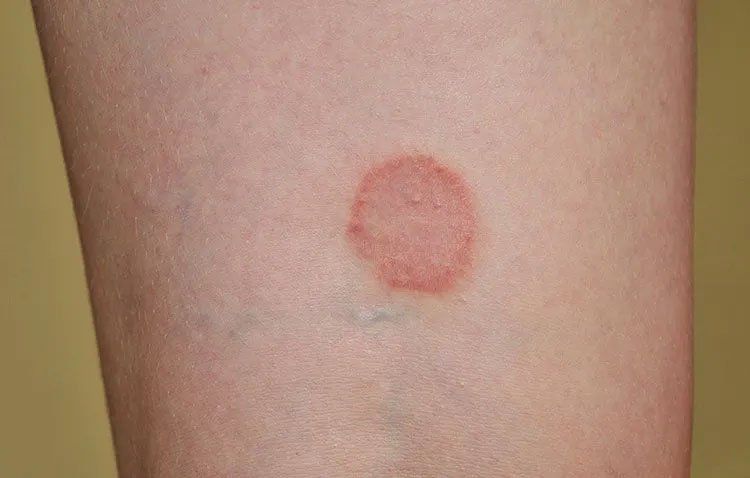
Ringworm
This condition causesTrusted Source circular, scaly rashes with a raised border.
Skin in the middle of the ring might appear clear and healthy, and the ring’s edges may spread outward.
The skin often feels itchy.
The ring is usually red or pink on light skin and brown or gray on darker skin.
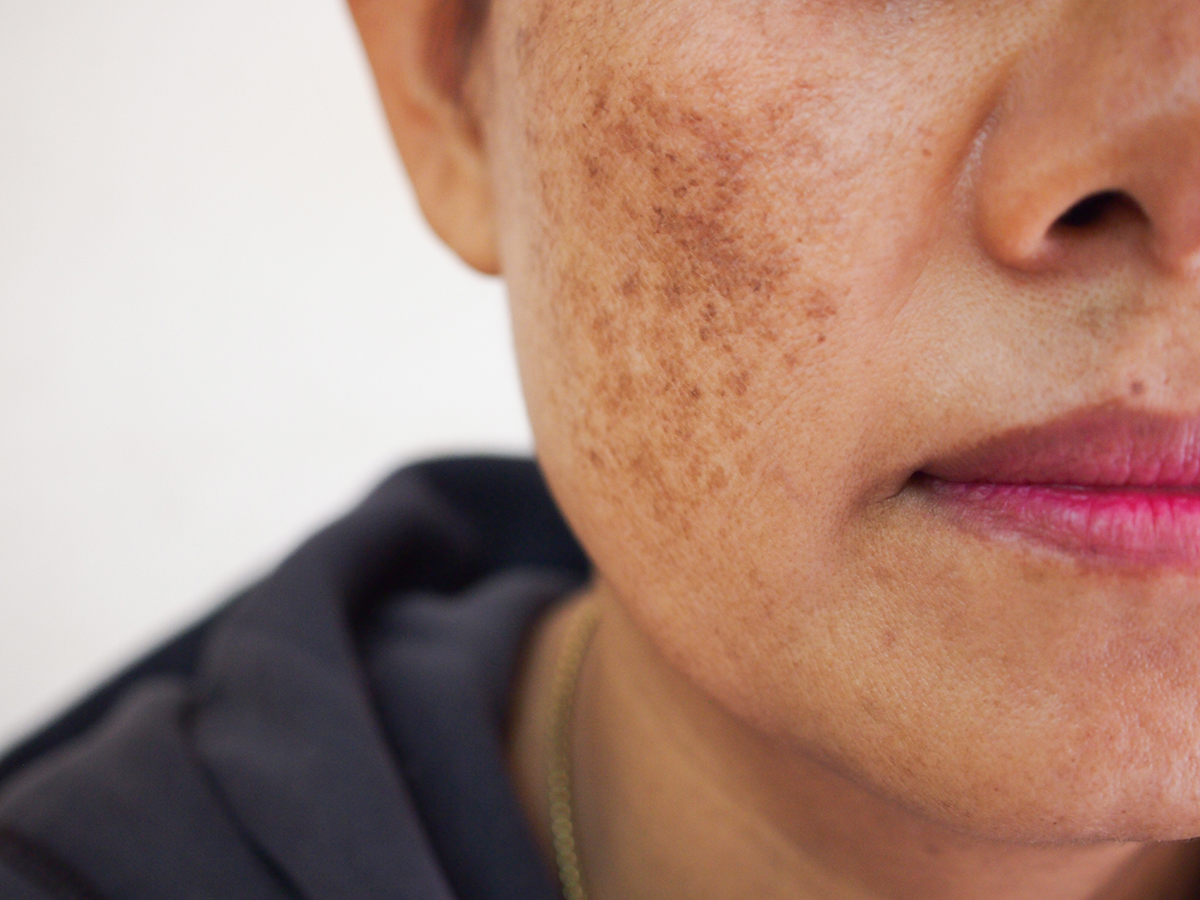
MELASMA
This common skin condition causes dark patches to appear on the face and — rarely — the neck, chest, or arms.
Melasma is more common in pregnant people (chloasma) and individuals with a darker skin color or heavy sun exposure.
It might not cause other symptoms beyond skin discoloration.
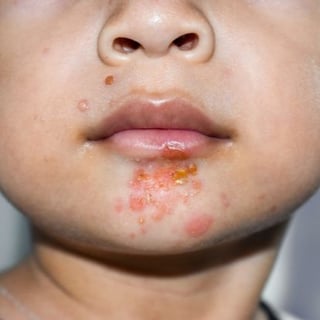
IMPETIGO
This condition is commonTrusted Source in babies and children.
It usually causes an irritating rash, which is often located in the area around the mouth, chin, and nose.
It might also cause fluid-filled blisters that pop easily and form a honey-colored crust.
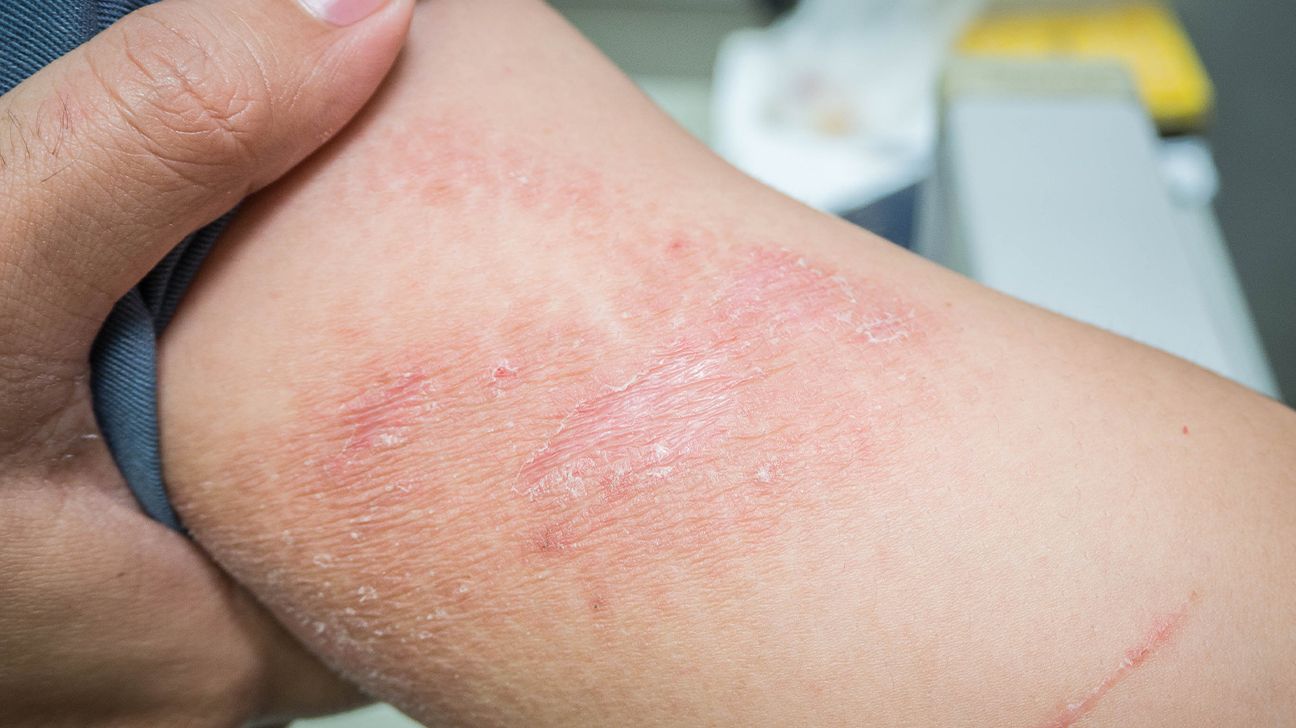
Contact dermatitis
Contact dermatitis is one of the most common occupational illnesses, often resulting from contact with chemicals or other irritating materials.
These substances can trigger a reaction that causes the skin to become itchy and inflamed. Affected areas might also appear red, purple, gray, or dark brown. Most cases of contact dermatitis aren’t severe, but they can be rather itchy.
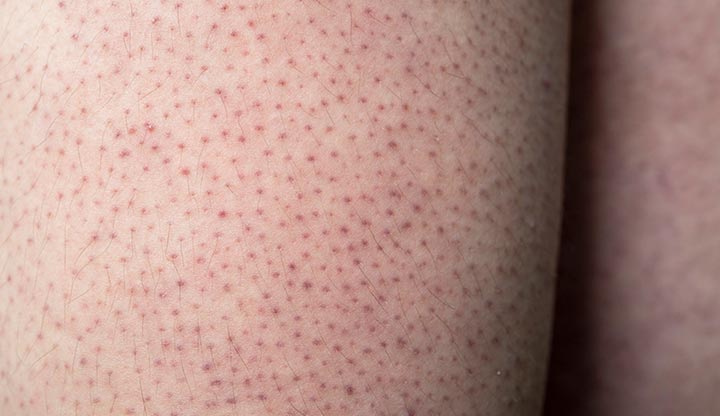
Keratosis pilaris
Keratosis pilaris is a minor condition that causes small, rough bumps on the skin. These bumps usually form on the upper arms, thighs, or cheeks. They’re typically red or white and don’t hurt or itch.









:max_bytes(150000):strip_icc()/GettyImages-508757896-c249ab44a85c4babad7ba2e8055a85fb.jpg)














